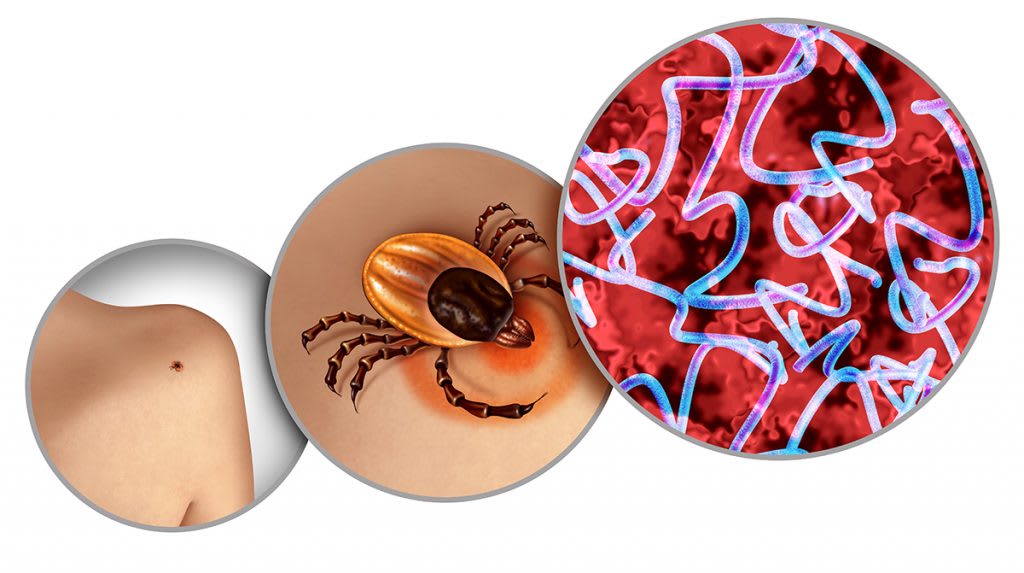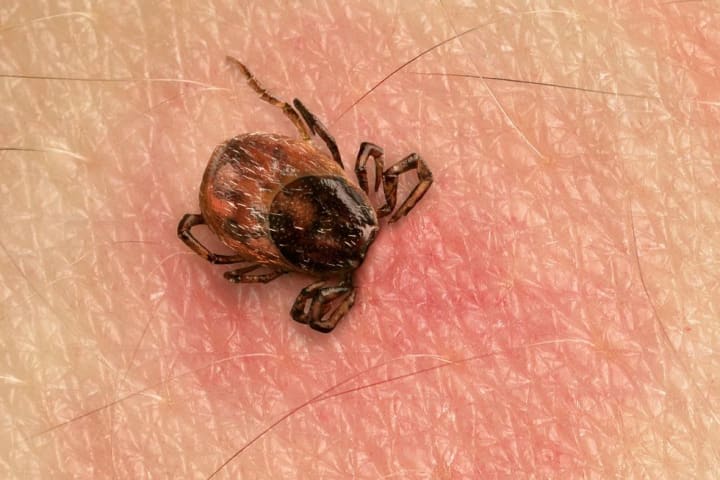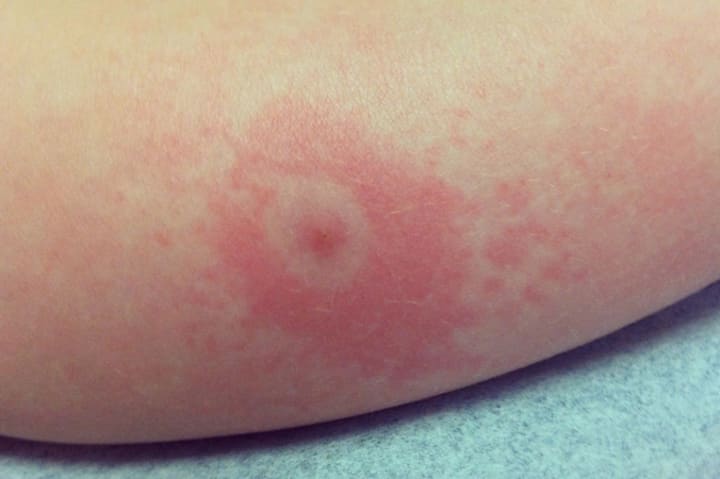Content warning
This story may contain sensitive material or discuss topics that some readers may find distressing. Reader discretion is advised. The views and opinions expressed in this story are those of the author and do not necessarily reflect the official policy or position of Vocal.
The Disease That Ticks You Off
Surviving Lyme Disease

Spring has finally arrived. Nature is blooming. The skies are brightening up. Animals are waking up from hibernation, and this includes bugs such as ticks. Ticks carry bacteria called Borrelia Burgdorferi and Borrelia Mayonii, both are known to cause Lyme Disease. Each year in the US, approximately 476,000 people are diagnosed with this disease. It is spread by the bites of one particular breed of tick called the Black-Legged Tick. Black-Legged Ticks are primarily found in the Eastern parts of the country, particularly in the mixed forests of the Northeast region. Here is what you need to know to protect yourself and your family from Lyme Disease.
Preventing Bites

The best way to not get Lyme Disease is to not get bitten by ticks in the first place. Ticks often live in tall grasses and brush, waiting for an animal to cling and feed on. When out hiking, avoid walking through such areas without proper leg protection. You should also keep your pets out of such areas too. Treat boots, clothing, and camping gear with products containing permethrin. After any outdoor adventure, check over yourself and your party for ticks. Remove them by pulling them upward with steady, even pressure with clean, fine-tipped tweezers. Do not twist them as this will further damage the skin by causing them to bite down harder. Throw them away in alcohol, sealed bag/container, wrapped in tape, or by flushing them down the toilet.
Protecting The Home

You don’t need to be an avid outdoors person to get Lyme Disease. Most cases of Lyme Disease often occur in your own backyard. To prevent catching it here, you must keep your lawn and bushes well-trimmed. Dispose of any abandoned equipment and debris to discourage tick breeding. Keep your lawn edges neat as ticks often lurk here. If there is a nearby wooded area, consider placing a 3-foot wide barrier of mulch between your property and these areas. Sprinkle dominicus earth here to increase protection. You should also put a border like this around your patio and any play equipment. If you find any tick nests, treat them with acaricides, pesticides designed for treating ticks.
The Symptoms

There are two stages of Lyme Disease, early and late. The early stage usually takes place 3 to 30 days after being bitten. Symptoms at this stage are fever, chills, headaches, fatigue, muscle and joint pain, and swollen lymph nodes. Another key symptom is the Erythema Migran (EM) rash. This is the ultimate sign that you have Lyme Disease as it is seen in 80% of all cases. It is a swollen, warm lump with a bulls-eye appearance that is not itchy or painful. The late stage occurs months after getting bitten. By now, the EM Rash is spreading all over your body. The muscle and joint pain have gotten worse, along with the headaches. New symptoms at this stage are facial palsy, irregular heartbeat, dizziness, and brain inflammation.
The Treatment

Lyme Disease is no longer a death sentence in most patients. Between 1985 to 2019, only 702 people passed away from it. That is 0.6% of all reported cases. Most people fully recover after taking 2 to 4 weeks’ worth of doxycycline, amoxicillin, or cefuroxime. Which one you take is determined by your doctor and how far along you are in your illness. 99% of people will go on to live long, happy lives while 1% of those affected will experience long-term mild complications with their joints, heart, and nervous system. These will often clear up in a year. Some people have had positive results from taking herbal remedies like wormwood and Japanese knotweed to treat Lyme Disease symptoms.
*Disclaimer: I am not a medical professional. This article is intended to be used for educational reasons, and doesn't replace actual medical advice*
About the Creator
M.L. Lewis
Welcome to my little slice of pie. This blog will primarily focus on prepping and homesteading skills with a sprinkle of fiction every now and then.
Enjoyed the story? Support the Creator.
Subscribe for free to receive all their stories in your feed. You could also pledge your support or give them a one-off tip, letting them know you appreciate their work.






Comments
There are no comments for this story
Be the first to respond and start the conversation.